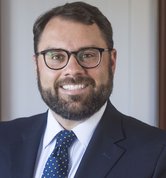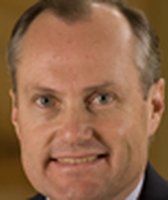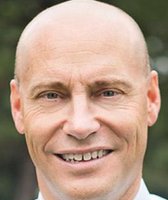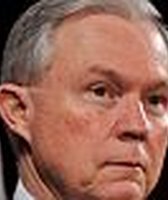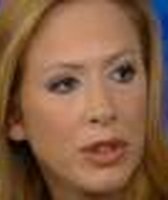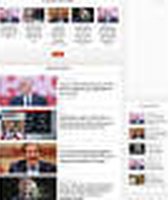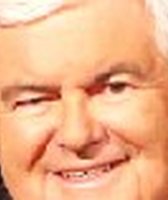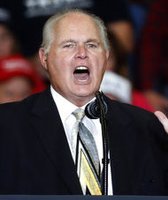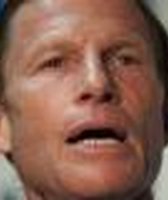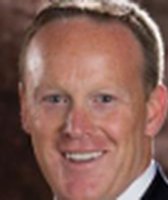Stand up for the facts!
Our only agenda is to publish the truth so you can be an informed participant in democracy.
We need your help.
I would like to contribute
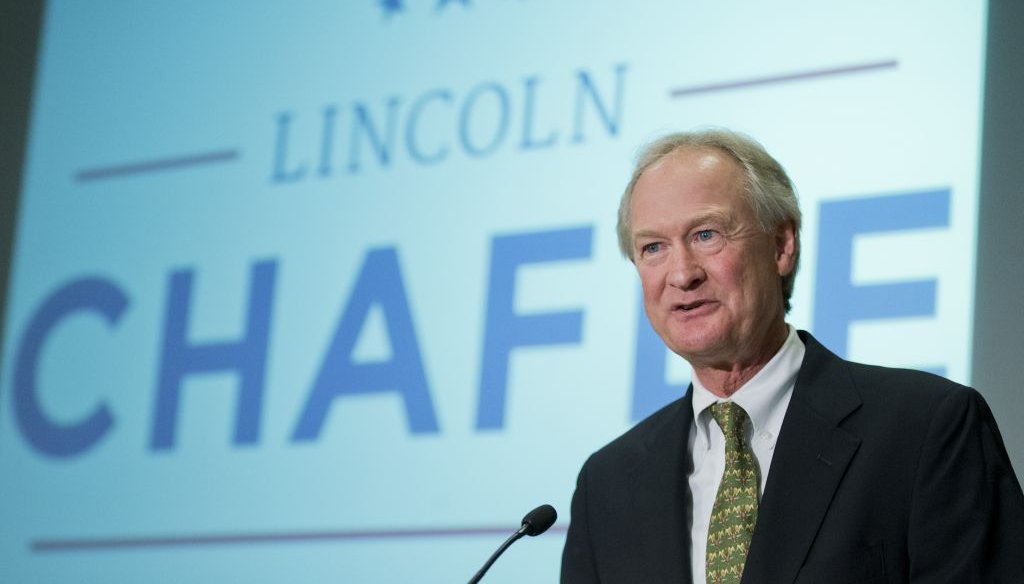
Lincoln Chafee announced that he was running for president on June 3, 2015. (AP)
Longshot Democratic presidential hopeful Lincoln Chafee wants to put the country on the metric system. Did Republican icon Ronald Reagan want to as well?
That’s what Chafee suggested Sunday in an interview with CNN.
"There are only two other countries that aren't metric, Myanmar and Liberia. And so it's time for America not only economically but symbolically to join the rest of the world," Chafee, a former governor and U.S. senator from Rhode Island, said.
"I know that many in the scientific community, the health care community, that have to deal internationally, the business community, are saying this is way overdue," Chafee added. "Ronald Reagan talked about it. Others have talked about it."
Whether you measure in meters or yards, Chafee’s claim about Reagan is off by a bit. We rate it Half True.
Sign up for PolitiFact texts
Before Reagan took office, President Gerald Ford signed the Metric Conversion Act, which created a board charged with leading the planning and educational efforts for switching over to the metric system.
It was Reagan, in 1982, who effectively dismantled the switch to the metric system by stripping funding.
The Reagan administration explained the cuts as part of a general reduction in federal spending, rather than opposition to conversion -- preferring to leave conversion to the private sector. Reagan’s budget proposal said, "The board has accomplished its mission to familiarize the public with the metric system. Voluntary metrication will continue through market adjustments.''
Fast-forward to 1988. In Reagan’s last year in office, he signed into law an omnibus trade bill that included a slight amendment to the original 1975 Metric Conversion Act. Tucked into the 1,000-page bill was a declaration that the metric system was "the preferred system of weights and measures for United States trade and commerce" and called for federal agencies to switch to the metric system wherever practical by 1992.
So, at best, you can say Reagan’s efforts on the metric system were a bit of a mixed bag.
Today, not all, but many federal agencies -- including the military -- use metric units almost exclusively, according to a statement from the National Institute of Standards and Technology.
Many metric experts estimate that the United States is 50 percent metric, said U.S. Metric Association President Don Hillger, a meteorologist at Colorado State University. While most Americans use customary units in their homes, those in science and heavy industry typically use the metric system.
"So we really are on the metric standard in the U.S.," Hillger said. "It’s just that we continue to use non-metric units that no other major country uses anymore."
On Fox News Sunday, Republican presidential candidate Rick Santorum criticized the rules set up for August’s first GOP presidential debate -- which just happens to be organized by Fox News.
Fox News says it will invite only the top 10 GOP candidates, according to national polls. That might leave Santorum on the outside looking in.
"The idea that we should use a national poll to determine who is going to be one of the final -- one of the finalists in the presidential race, I just think is -- first off, not a good barometer," Santorum said. "But most important thing is, we have 16, 15, 14, I don't know who's going to end up running or not running, really good people. And that shouldn't be something that we should be worried about and try to select down, but we should have the opportunity for everyone to be heard.
"And, you know, if you would have taken the top two-thirds of the folks in 1992, Bill Clinton wouldn't have been on the stage," Santorum said.
That claim rates Mostly False.
What we found suggests Santorum is right that Clinton started 1991, the year before the presidential election, with low polling numbers. But Santorum is making a comparison that doesn’t quite fit because of the huge difference in the 1992 primaries versus the one beginning now. Moreover, by the time the Democratic candidates did debate in 1991, Clinton was not doing as poorly in the polls as Santorum claims.
FiveThirtyEight’s Nate Silver accumulated and analyzed several cycles of presidential primary polls, including the cycle leading up to the 1992 election.
Silver was able to find just three polls from January-June 1991, a period comparable to today. And the ones he did showed Clinton at the back of a crowded field -- with an average of just 1.7 percent. That was good enough for 13th out of 19 prospective candidates.
In a hypothetical sense, a debate that included the top two-thirds of those candidates just barely might have excluded Clinton.
The problem with such a hypothetical is that there were hardly any declared Democrats running for president by June 1991. One of the conditions for the Fox News debate is that only official, announced and registered candidates need apply. In mid 1991, the would-be frontrunner was New York Gov. Mario Cuomo. Cuomo ended up not running. And in fact, the top nine candidates in early polls that year all declined to run, Silver found. Clinton himself didn’t announce his candidacy until October 1991.
So a snapshot of June 1991 versus June 2015 is hardly useful. Neither is a comparison that focuses on an August 2015 debate.
The earliest debates in the 1992 cycle we found were an NBC debate on Dec. 15, 1991, and one sponsored by PBS on Jan. 19, 1992. By then, the hypothetical field had been narrowed to actual candidates, and the polling wasn’t as unfavorable to Clinton.
By the time of the first debates, there were five main Democratic candidates: Clinton, former California Gov. Jerry Brown, and Sens. Tom Harkin, Bob Kerrey and Paul Tsongas. A sixth candidate, Virginia Gov.Douglas Wilder, withdrew on Jan. 8, 1992. He participated in the Dec. 15 debate but not the one on Jan. 19.
The polls then didn’t show Clinton in the lead. But they showed him in the race. An average of nine polls from July to December 1991 put Clinton in fourth place, behind Brown, Cuomo (who didn’t run) and Wilder (who dropped out).
Our Sources
See individual fact-checks.


